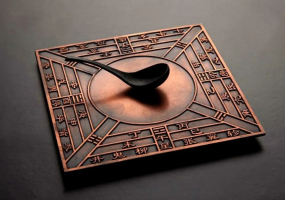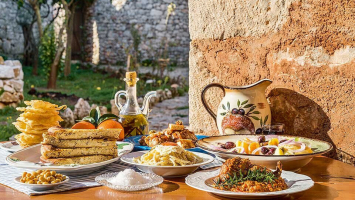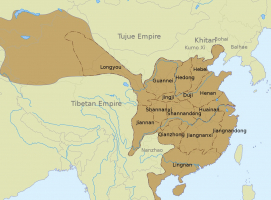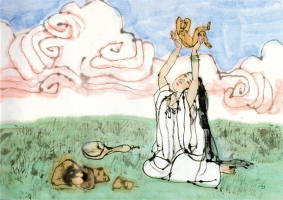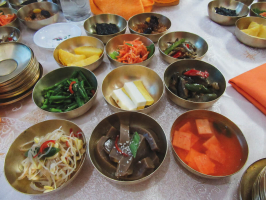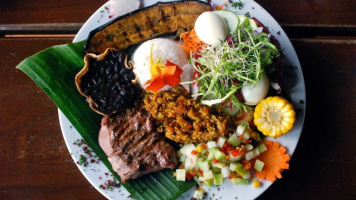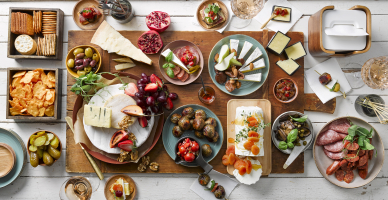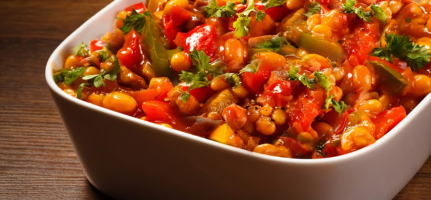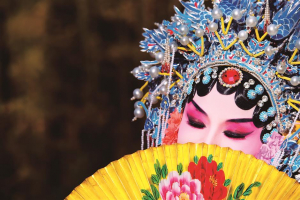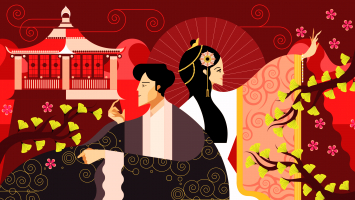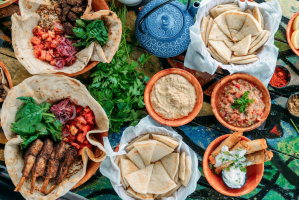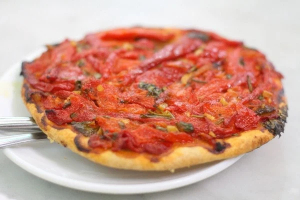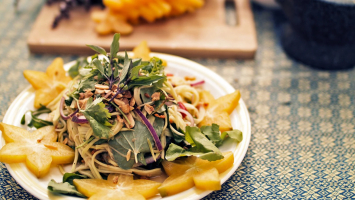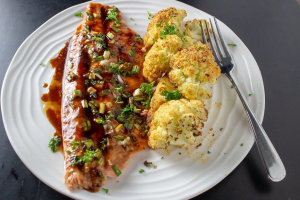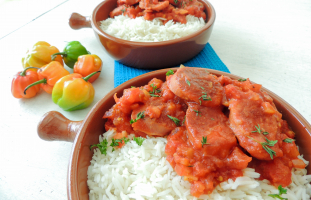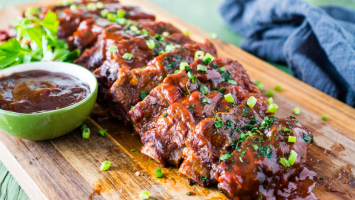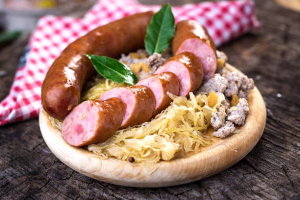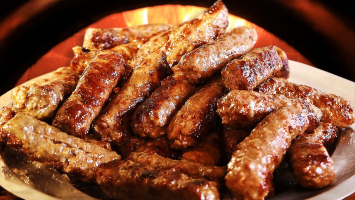Top 7 Traditional Ancient Chinese Foods
Chinese cuisine has been around since around 5000 BC. The Chinese people have created their own distinct method of food preparation throughout this lengthy ... read more...period of time. They eventually developed methods for selecting components to create the ideal combinations, multi-phased cooking processes, and methods for applying multi-phased flavoring. Chinese culture has always emphasized the importance of both food preparation and presentation, viewing both as works of art. This article has put together the top 7 traditional Ancient Chinese foods. Let’s explore these foods one by one.
-
Dumpling is one of the most famous traditional ancient Chinese foods, which was created more than 1,800 years ago by the medical sage Zhang Zhongjing. Mutton was being used at the time in Chinese herbal medicine to treat chilblains in the winter and prevent colds. Dumplings were a staple dish throughout the Three Kingdoms era (220 - 280 AD). Dumplings gained popularity in China during the Northern and Southern Dynasties (420 - 589 AD), when they were frequently consumed with soup. Regarding the Song Dynasty (960 - 1279 AD), many types of dumplings emerged and were later exported to Mongolia and the rest of the world. Dumpling consumption during Chinese New Year was first observed in the Ming Dynasty (1368 - 1644 AD). The Qing Dynasty marked the beginning of the current name's usage (1644 - 1911 AD).
The three fundamental processes are steaming, boiling, and steam-frying. Additionally, deep frying and serving with a crispy, lacy "skirt" are options. The shape of your dumpling also affects the cooking procedure, which in turn relies on your mood and what you are seeking.
Dumplings are now a traditional festival meal for Chinese New Year and the Winter Solstice. Pork, beef, lamb, fish, cabbage, carrots, leeks, and other fillings are among the assortment. People eat dumplings on Chinese New Year's Day to bid the previous year adieu and greet the upcoming one. Dumplings also symbolize good fortune and family reunion in Chinese astrology.
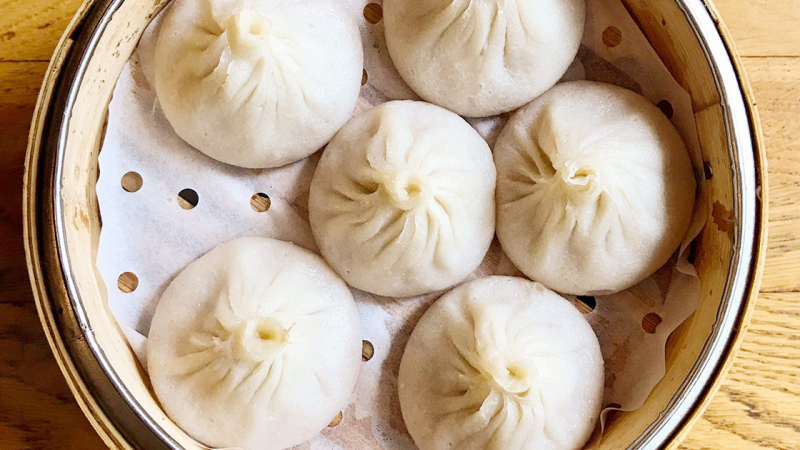
Photo: MICHELIN Guide - The Michelin Group 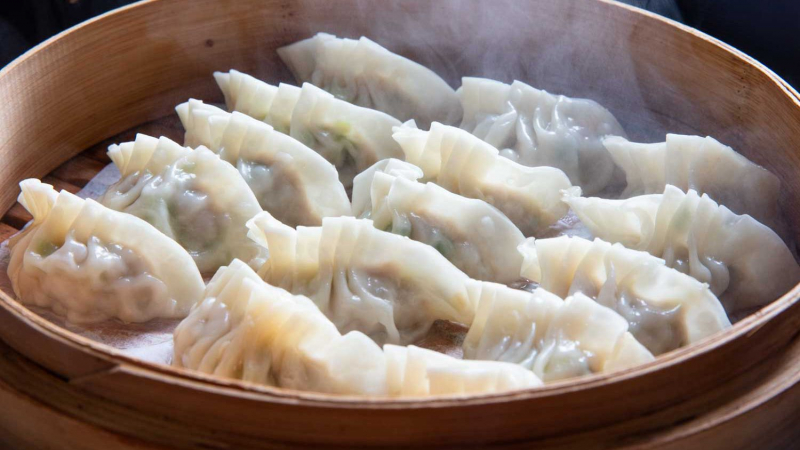
Photo: Serious Eats -
One of the earliest Chinese cuisines is noodles which is the traditional Ancient Chinese food. Noodles were first consumed by Chinese people 4,000 years ago. The noodles were originally thin sheets of dough. Later, in the Jin Dynasty (265 - 420 AD), strips that resembled thin noodles first appeared. A particular type of noodle that was chilled in cold water first originated during the Tang Dynasty (618 - 907 AD). Long noodles were also believed to promote lifespan at the period, so people started eating them on their birthdays. Noodles had a definite name throughout the Northern Song Dynasty (960 - 1127 AD), and there were numerous varieties of noodles in the first commercial streets of the capital city. The first excellent dried noodles that could be stored appeared during the Yuan Dynasty (1271 - 1368 AD). The art of manufacturing noodles and related cooking techniques have advanced consistently throughout China's lengthy history.
Noodles are now a staple dish in northern China, although they are more frequently consumed as a snack in the south. Whatever the case, noodles are a staple dish in China. The contents and seasonings on the sides as well as the form, thickness, and length of it vary. To name a few of the most well-known: Cantonese wonton noodles, Sichuan dandan noodles, Chongqing spicy noodles, Shanxi sliced noodles, Lanzhou hand-pulled beef noodles, Beijing noodles with minced pork,...
The secret to making the ideal noodle stir-fry is to cook the noodles until they are al dente or just just undercooked, and then to halt the cooking process by rinsing them with cold water. If you shake drained noodles until they are completely dry after draining them, they stir-fry better. They shouldn't be touchably wet. After draining your noodles, return them to the pot and toss them with some sesame oil or cooking oil to prevent sticking before adding them to the wok.
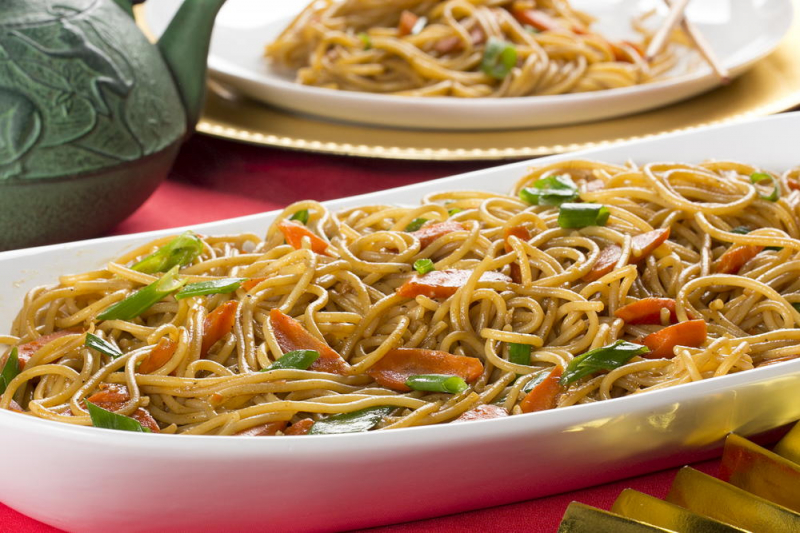
Photo: Mr. Food 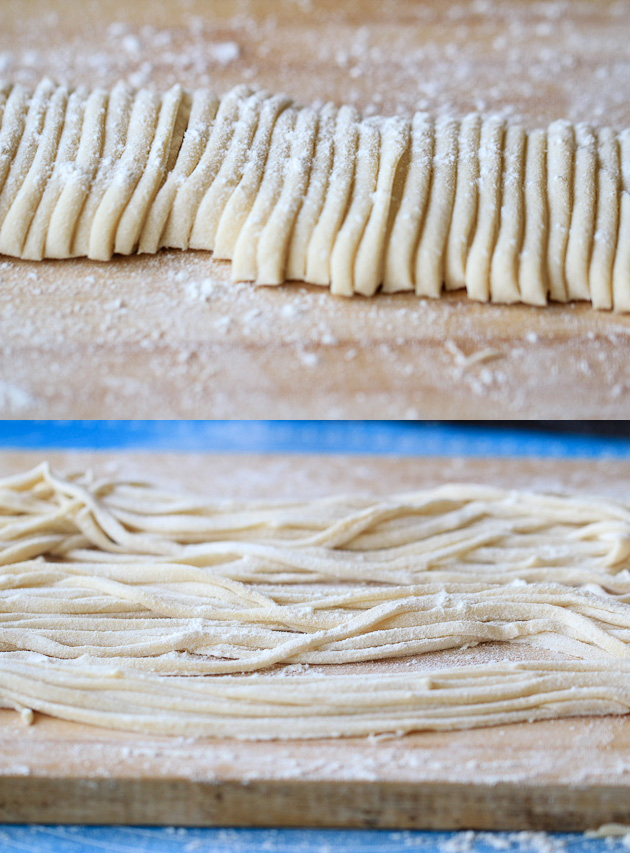
Photo: China Sichuan Food -
For the most part, soybeans, black beans, or other beans with a high protein content are used to make tofu, also known as bean curd. The general consensus is that Liu An, the senior, in Huainan, Anhui, invented tofu around 164 BC during the Western Han Dynasty (202 BC - 9 AD). However, it was not frequently utilized as a cooking ingredient since its flavor was not as nice as the modern tofu. Tofu was introduced to Japan during the Tang Dynasty (618 AD - 907 AD). Tofu production wasn't significantly improved until the Song Dynasty (960 - 1279 AD), at which point it rose to prominence as a staple of Chinese daily life. It has long been a mainstay of Chinese and Asian cuisine because it is nutrient-dense, low in fat, and high in protein, calcium, and iron.
Because meat is a great source of protein, Chinese doctors realized that it was a necessary food, but only the wealthy could afford to eat it. To solve this, a rule was passed requiring that every citizen in China receive a free cup of tofu, which is a soybean and other ingredients like rice mixture that provides the same amount of nourishment as meat. People in China at that time would split their food into small pieces to prepare it because cooking on a large scale was challenging. Additionally, tofu has grown in popularity as a component of Western vegetarian cuisine.
Tofu can be cooked in a variety of ways to suit your preferences. Silken, gentle, firm, and extra firm are the common consistencies. The way you cook tofu depends on the meal it will be used in (soft tofu in soup, for example) and your own preferences.
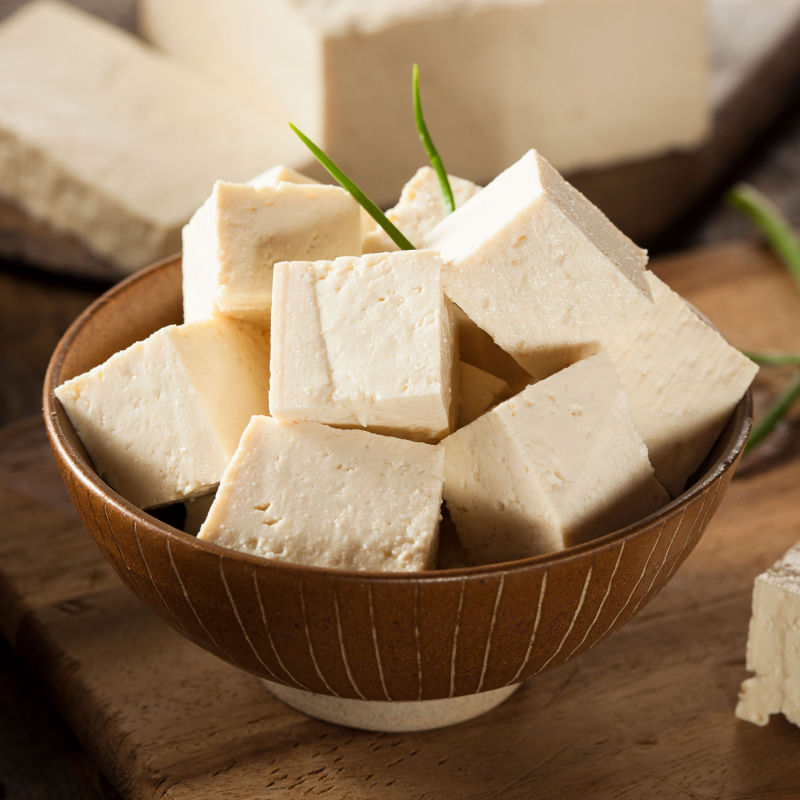
Photo: BBC Good Food 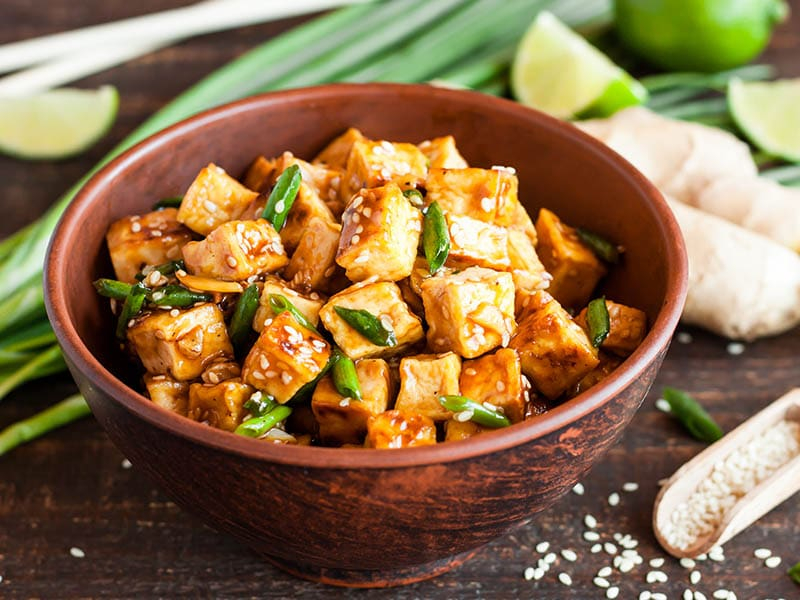
Photo: Lacademie -
Over 4,000 years of history can be found in Chinese tea. The Chinese view drinking tea as a fine art form with several traditions and rituals associated with it. Tea is currently the national beverage of China and ranks alongside coffee and cocoa as one of the world's three most popular soft beverages. Tea is also considered one of the traditional Ancient Chinese foods.
As the first nation to introduce tea's growing, processing, and consumption practices to the rest of the globe, China proudly claims to be the origin of the beverage.
Since the ancient and middle ages, China's tea culture has influenced the tea cultures of its neighboring East Asian nations, including Japan and Korea. Over time, each of these nations has developed a slightly different style of tea ceremony; however, this variation is negligible in comparison to those of the United Kingdom, the United States, and Russia, which were late adopters of tea and have vastly divergent tea cultures from China, particularly in the case of Russia. In contemporary China, tea is still frequently eaten on both informal and formal situations.
Heat some water in a kettle to get the Chinese tea set ready. The heated water should then be poured over the teapot, snifter teacups, and normal teacups to reheat the entire tea set. Following that, take the teapot and glasses out of the bowl. If the cups are too hot to hold with your hands, you can use the tongs. Every ritual can be made ideal by being well-prepared in advance. Creating the ideal environment is also very important. It's crucial to maintain a peaceful and comfortable atmosphere. Perfectly carrying out the ceremony could take some time, but that's okay. It's important to relish the process!
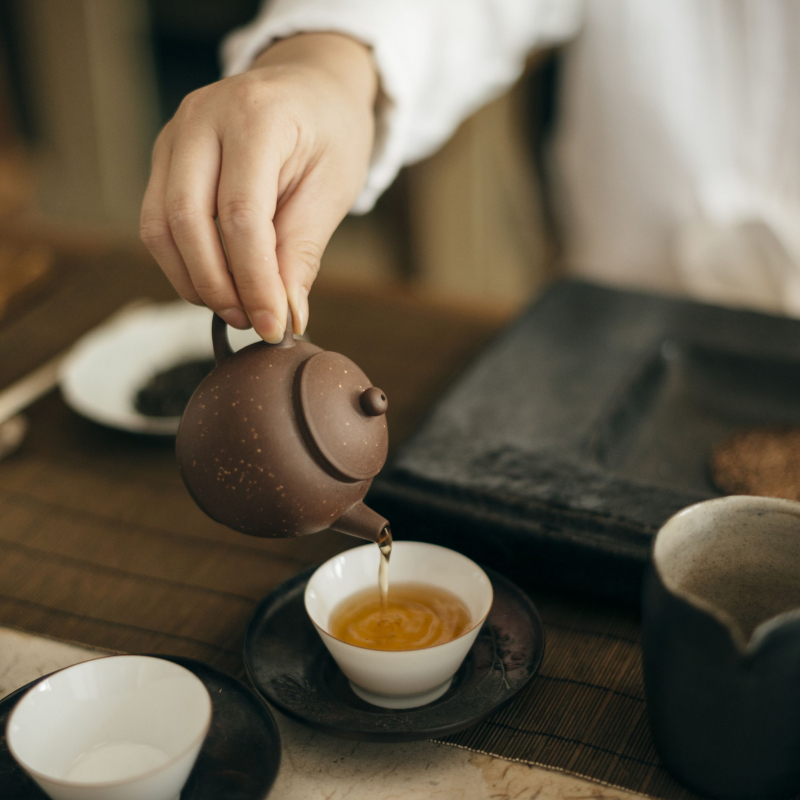
Photo: The Spruce Eats 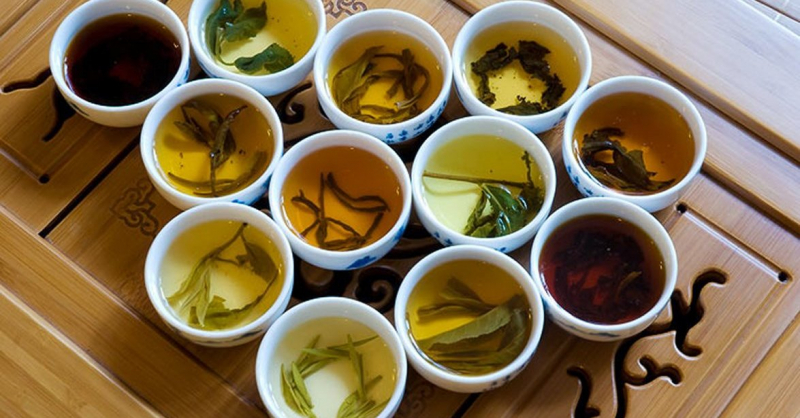
Photo: Chazhidao Chinese Tea Traditions School -
A customary Chinese dish for the Mid-Autumn Festival is moon cake. Its spherical shape represents a family reunion. A sacrifice is also made to the Moon God during the Mid-Autumn Festival. The Taishi cake, which first emerged in the early Zhou Dynasty (1046 BC - 256 BC) and the late Shang Dynasty (17th century BC), may have been the ancestor of the Moon Cake. Moon Cake was a regal delicacy throughout the Tang and Song dynasties before being made available to the general public. MoonCake consumption on Mid-Autumn Festival had gained popularity up until the Ming Dynasty. A variety of Moon Cake styles emerged during the Qing Dynasty as talents increased.
The most popular fillings for traditional Moon Cakes include five nuts, red bean paste, roses, lotus seed paste, osmanthus, dried plum, rock sugar, ginkgo, pork floss, black sesame, ham, egg yolk, etc. There are many other varieties of Moon Cakes. The skin and the filling are the two pieces that make up a mooncake. Alkaline water, cooking oil, golden syrup, and wheat are used to make the skin. In addition to sesame and almonds, lotus seeds are used to make the traditional lotus paste filling. Before baking, the skin is wrapped around the filling and squeezed into a lovely mold.
Daoxiangcun, Lian Xiang Lou, Guan Sheng Yuan, and more mooncake brands have emerged since the 1900s. Some mooncake brands have been around for more than a century at this point. Mooncakes are now consumed by Chinese people during the Mid-Autumn Festival, and they are also given as gifts. There are now incredibly expensive mooncakes, and mooncakes have been getting more and more ornate in recent years. Some Moon Cakes come in opulent gift packaging, and a box of Moon Cakes can cost up to tens of thousands of RMB.
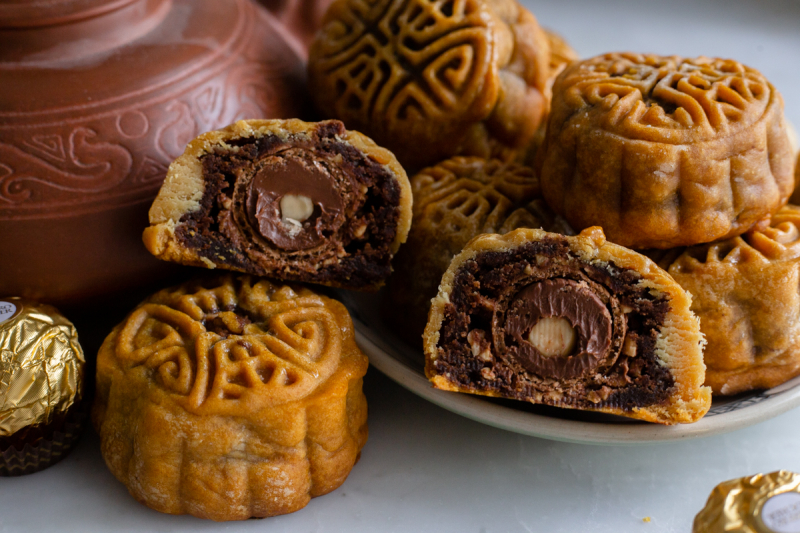
Photo: The Flavor Flow 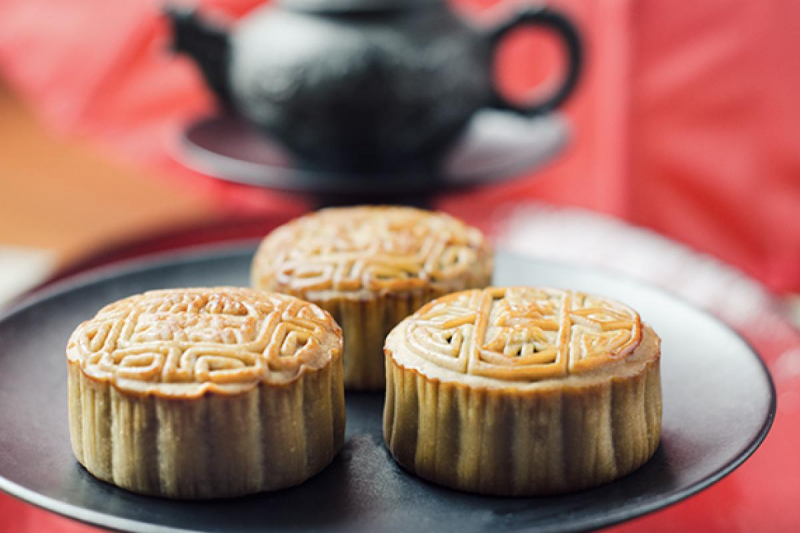
Photo: Fine Dining Lovers -
One of the first nations to produce wine is thought to have been China. Wine is one of the famous traditional Ancient Chinese foods. Since its creation, wine has been more than just a beverage; it has been given a spiritual and cultural meaning, reflecting social and political life as well as aesthetic concepts. It has also appeared in modern literature.
Yellow rice wine is regarded as the first of this type, and it was consumed by people during the Shang dynasty (16th to 11th century BC) to honor the gods. The development of all other wine varietals is thought to have occurred after the Han (206 BC-220 BC) and Tang (618 BC -907 BC) dynasties. Years later, millet wine was made available and quickly became more well-liked than tea.
Brewer's yeast, water, and millet are the ingredients in millet wine. Tools like sieves, steamers, pots, pans, and jars are utilized in traditional manufacture. After being submerged in cold water, millet is given the night to relax. The millet is gently cleaned the following morning to avoid crushing it. Typically, 400 cc are used for every pound of millet. Brewer's yeast and previously boiled cold water are added to the steamed millet after it has been cleaned. The mixture is then placed inside a container and the opening is sealed. For about a month, it is allowed to ferment in a cold environment.
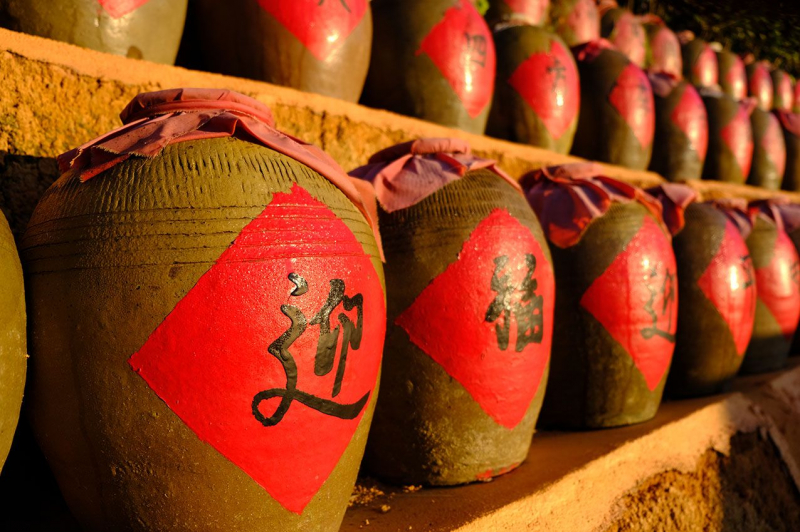
Photo: Pinterest 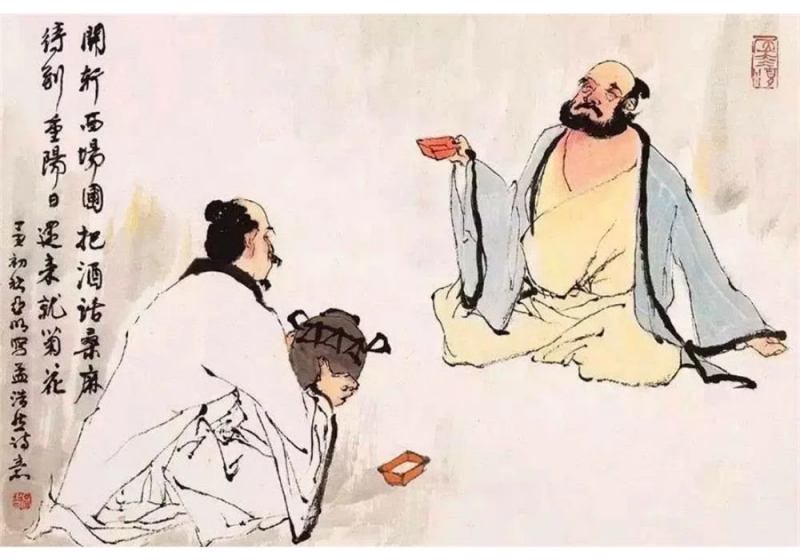
Photo: Cchatty -
Peking duck has a long history, but it has also been important to Chinese international affairs in the 20th and 21st centuries. This well-known Chinese meal has been served to politicians and diplomats like Henry Kissinger, Richard Nixon, and Fidel Castro. During the Yuan Dynasty, when China was still an imperial state, peking duck was fed to the Chinese Emperor. Duck is sliced thinly and has a crunchy, crunchy exterior in this dish. Typically, pancakes, bean sauce, onions, and cucumbers are served with peking duck.
Due to its intricate and drawn-out preparation, Peking duck still has regal associations today. White-feathered ducks are first grown for 45 days in a free-range setting before being force-fed for 15 to 20 days. Air is pushed under the skin after the animal has been killed, gutted, cleaned, and cooked to help the skin split from the fat. The duck is then covered in maltose syrup and allowed to dry to further crisp up the skin. It is a dish made up of numerous components, including thin pancakes, a savory sauce, some julienned veggies, and sliced pieces of roast duck with crispy skin and tender meat. A roll made of these components is prepared for consumption.
It's interesting to note that, although being named after Beijing ('Peking' is an older spelling), Peking duck actually has its roots in Nanjing, the historic capital of China, which is located in the eastern province of Jiangsu. The imperial court relocated to Beijing during the Ming dynasty, bringing roasted duck with them. Peking duck was already a standard item on imperial menus by that time. Peking duck gained popularity among the gentry during the Qing era, where it was highly lauded in academic and poetic writings.
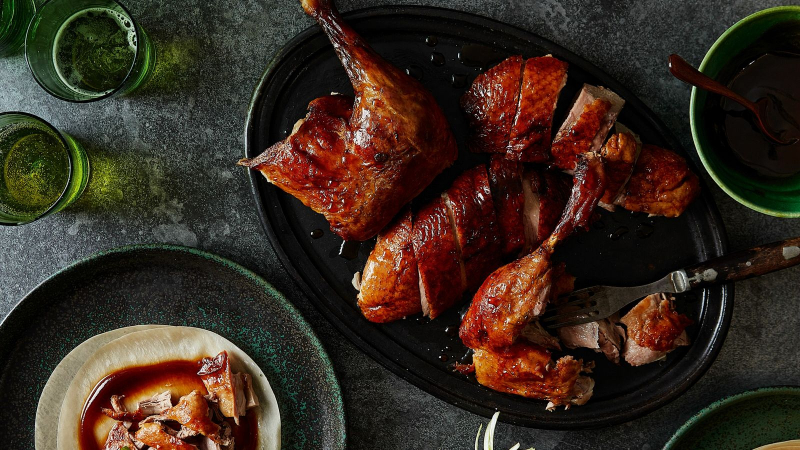
Photo: National Geographic 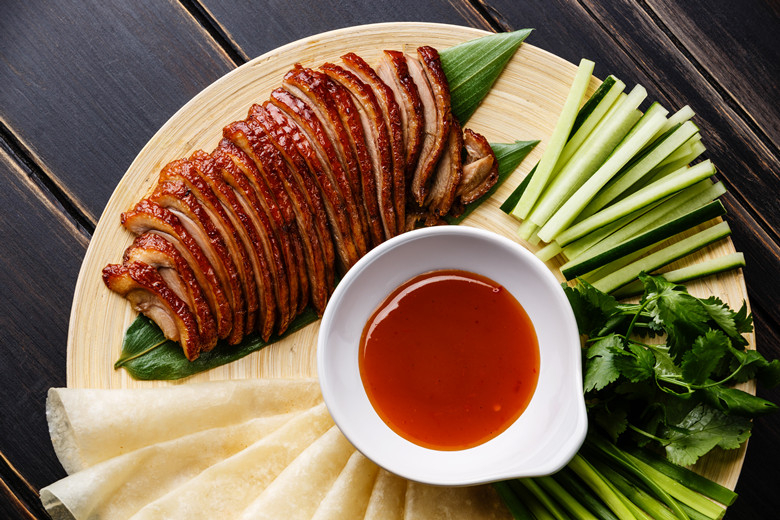
Photo: Great Wall Tours, Hikes & Beijing Airport Layover Tours, Driver Service









